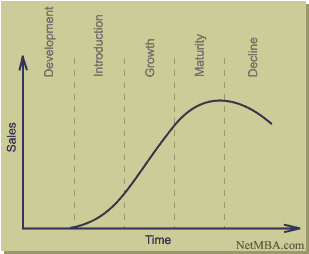As products begin to penetrate the marketplace, there comes a point with some products that a specific name dominates. For example, Kleenex tissue. Kleenex is a specific type of tissue, but when you need to blow your nose you typically ask for a Kleenex and not a tissue.
Sometimes it depends on the location you are in as to what name takes over. When traveling in the southern part of the United States and ordering a soda, you may ask for a coke. Many times the waiter/waitress will ask “What kind?” While in northern parts of the country you will receive a Coca-Cola. Coke in the south is equivalent to soda and not a specific brand.
This is starting to happen in the 2D barcode marketplace. There are many different types of 2D barcodes. Some barcodes are proprietary and are specific to products from that company and only work with the company’s barcode reader.
Take a look at the barcodes below*:



These barcodes have one thing in common, and that is they are 2D barcodes. But many would call them QR codes.
Recently, there has been a transition to calling all 2D barcodes QR codes. One prominent example of this is the recent news article about a man getting a “QR code” tattooed on his chest.
In an article on 2d-code.co.uk, the tattoo artist, Karl, said the tattoo was not a QR code but an EZ code which would hold up better through the years as the tattoo fades.
When the news article broke almost every online tech site had a story about the tattoo and called it a QR code. Was this the final push needed to make QR codes the generic name for all 2D barcodes? I believe it was.
A lot of time has been spent educating people what 2D barcodes are. As marketers continue to grow their use of 2D barcodes in advertising, I believe the term QR codes will be used more than 2D barcodes. I say this primarily because 1D barcodes are known as barcodes. Introducing a new type of barcode with a different purpose and essentially naming it barcodes 2.0 was not going to with stand the tests of time.
Two-D barcodes look very similar, with the exception of some proprietary codes such as Microsoft Tag. Since there isn’t a differentiating look to them they will merge into the one name. While fundamentally they are 2D barcodes, pretty soon everyone will know 2D barcodes as QR codes.
_______
*These barcodes were chosen at random through a Google search.





